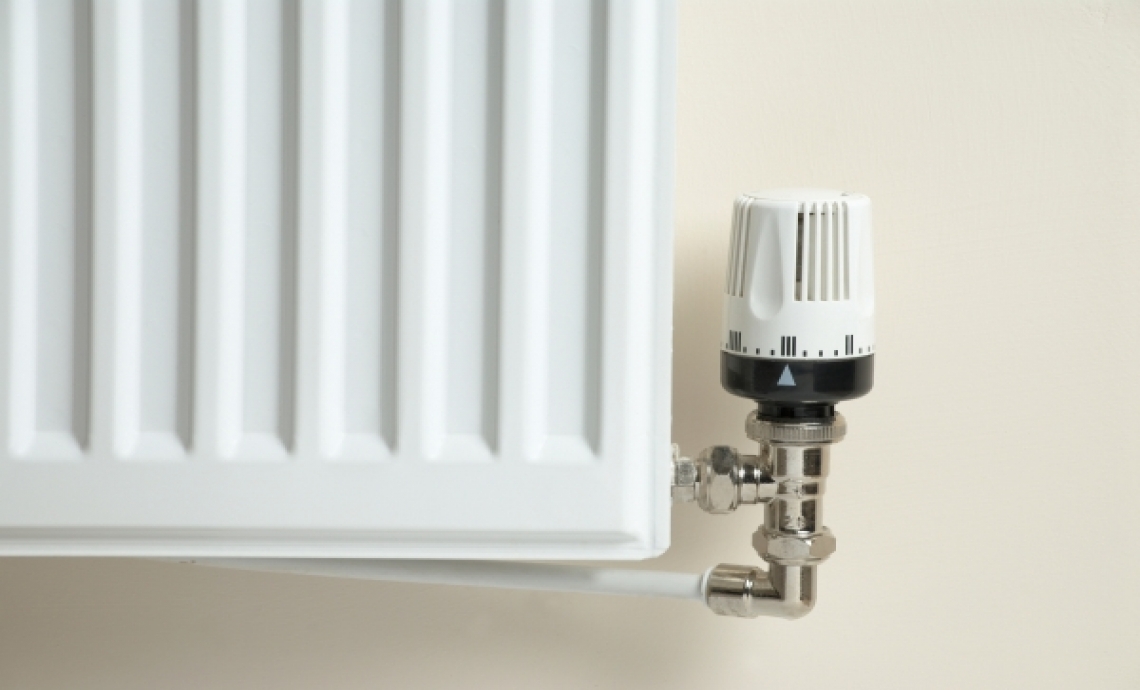
If you’re looking for an easy way to be more energy efficient in your home, there is a simple change you can make to help you achieve this goal.
Not only that, but this change will improve the overall performance of your radiators. The question is, can you afford not to?
What are Thermostatic radiator valves?
Thermostatic radiator valves, commonly referred to as TRVs, control the air temperature in your home by changing the flow of hot water into your radiators.
If set up correctly they will warm each room of your house to your requirements, rather than being all or nothing. This means your boiler won't need to work as hard, and you will save money on your heating bills. Win!
So, how do they work?
TRV’s sit on the side of your radiators and work by using a self-regulating valve. After the room has reached the required temperature, a thermostatic valve will shut off to stop water flow, preventing the radiator from getting any warmer.
To get into the technicality’s, TRV’s consist of two parts, the valve head and the valve body. When the room temperature changes, a capsule in the valve head contracts or expands, which moves a pin in the valve body causing it either to open or close.
As the valve works by sensing the temperature of the air surrounding it, it is important to ensure that it is not covered by material (such as curtains or clothes) to allow them to work effectively.
You might be surprised to discover that there is more than one type of TRV available to you.
1. Traditional Straight Valves
This one is simple. The water flows straight into this type of TRV (as the name would suggest). There are no curves or bends, ensuring the flow of water won’t be transported at an angle. They’re ideal if your pipework travels along the wall into your radiator or equally as good if pipes emerge from the flooring and enter the bottom inlets of a heated towel rail.
2. Traditional Angled Valves
An angled valve will connect your central heating system to your radiator at an angle. Typically, this is 90 degrees. To enable you to install your pipes into the inlet connection, you’ll always require an angle. For that reason, angled radiator valves are ideal for spaces where the pipework comes from the wall or underneath the floorboards.
3. Traditional Corner Valves
Also known as flat front valves, corner valves are usually selected based on the way they look on the radiator. Although arguably the most aesthetically pleasing, corner radiator valves won’t extend as far, in comparison to the angled valve. As a result, these valves can prove far more awkward to adjust.
If, after reading this, you know you need Thermostatic Radiator Valves in your home but are not sure which valves suit your requirements or how best to install them; have no fear, the plumbers are here! Your HandyExperts are here to help.
HandyExperts tradespeople will provide you with a guaranteed service level
With HandyExperts, you can book your job quickly online or by calling us on 0330 912 2323. We’ll help get a qualified tradesperson out to you as soon as we can. You’ll even have our own dedicated team of account managers to assist you with the job and anything else you might need.
Use the form to request your callback and we'll come back to you straight away.

Put your contact details into the form along with anything you'd like to share with us about the job.

Our office experts will check the details and call you back with prices and availability.

If it sounds good and you like your trade services hassle-free & fully managed then we're ready to book you in!